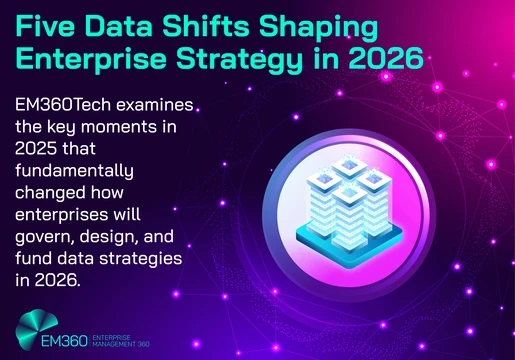Transaction monitoring is a key part in the defence against money laundering and financial crime. It is the process of identifying and reviewing anomalous activity and transactions before deciding to report any suspicious activity to law enforcement.
A successful process should monitor transactions against pre-defined rules and thresholds, anticipated activity; and should rely on a strong partnership between technology
and operational expertise.
However, many institutions struggle with implementing adequate transaction monitoring systems and processes which puts them at risk of regulatory and legal intervention.
In this paper we take a closer look at:
- Why current transaction monitoring technologies and operational controls struggle to identify illicit activity.
- The role of technology, and what future developments will bring to transaction monitoring.
- The case for utilising a managed service for transaction monitoring, and how this can be a more effective and efficient approach.








Comments ( 0 )